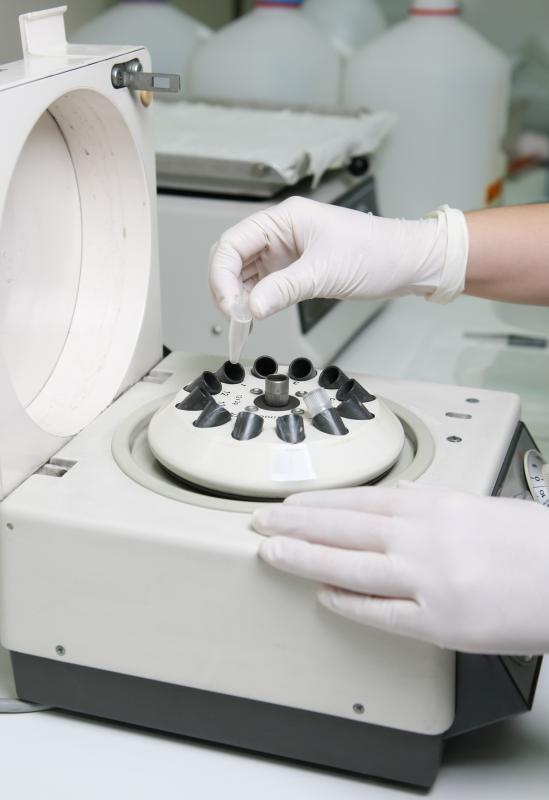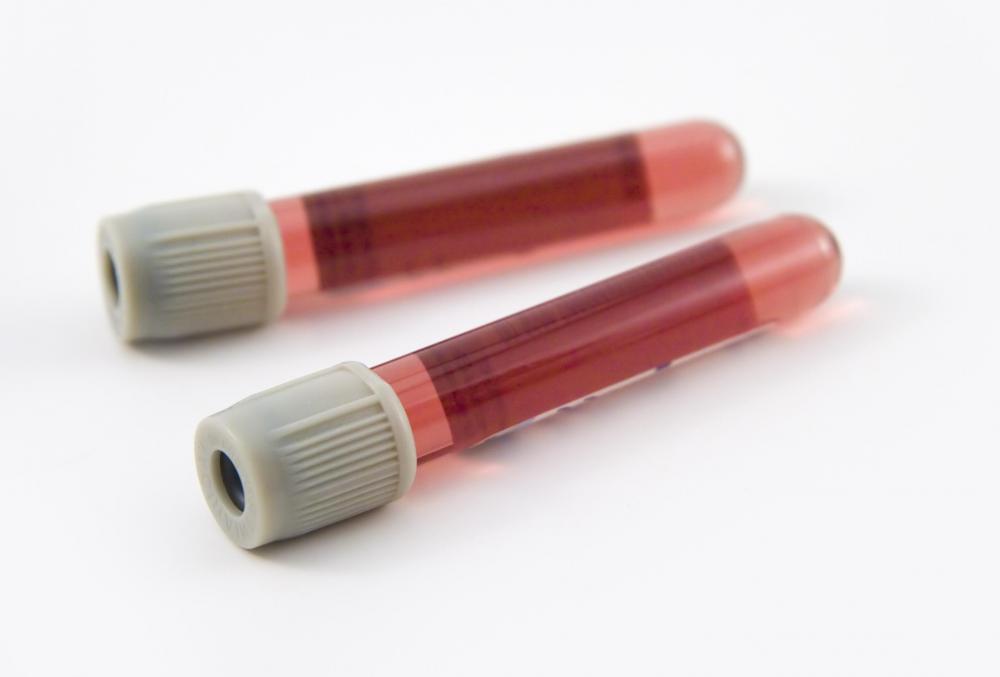At InfoBloom, we're committed to delivering accurate, trustworthy information. Our expert-authored content is rigorously fact-checked and sourced from credible authorities. Discover how we uphold the highest standards in providing you with reliable knowledge.
What Is Cytogenetics?
Cytogenetics is a field under genetics that mainly focuses on the cell, its structure, and how its parts function. It also particularly concentrates on the chromosomes and how they are related to several hereditary disorders. Researches and experiments under the field of cytogenetics usually involve defected chromosomes that can tell how disorders and diseases are instigated.
The establishment of how many chromosomes are present in a human led to the emergence of cytogenetics. The discovery that some diseases are consistently indicated by some chromosomal changes was also a great factor in making cytogenetics an important field of research. Since then, many technological and chemical processes have been invented to aid the observation and analysis of chromosomes. Among these processes are the commonly-used comparative genomic hybridization (CGH) and the fluorescence “in situ” hybridization (FISH).

Both CGH and FISH often involve laboratory work, so cytogeneticists are technicians and scientists who are usually “behind the limelight,” so to speak, making sure that doctors get the correct information about a certain disease. FISH is a technique that makes chromosomes light up using fluorescent molecules in order to specify any anomalies in the chromosome arrangement. These anomalies would usually show up in a different color than those of normal chromosomes. CGH, on the other hand, is a method that can spot any disturbing changes in the chromosomes, such as in samples from malignant cysts. In both methods, samples are often observed under the microscope, since chromosomes are very minute.

Chromosome samples are extracted from blood, amniotic fluids, biopsies of tumors, and bone marrow. Even tissues from skin and a baby’s umbilical cord can be used to obtain samples. These samples would then be cultured to multiply the cells, and when there are enough cells, the samples would be inserted in a machine called the centrifuge that separates the sample cells from other materials that will not be used in the analysis. The sample cells are then placed on the slide using a dropper and aged for several days, after which the sample is ready to be analyzed.

Cytogenetics plays a significant role in the medical field, as laboratory results help doctors diagnose a disease and decide on the best treatment for the patient. This field is especially helpful for hereditary and congenital disorders such as mental retardation, Down syndrome and Edward’s syndrome. Cancer and infertility can also get better diagnosis and treatment. Cytogenetics has also been a vital factor in preventing people from getting cancer by looking at gene predictors that indicate the chances of obtaining cancer.
AS FEATURED ON:
AS FEATURED ON:














Discuss this Article
Post your comments